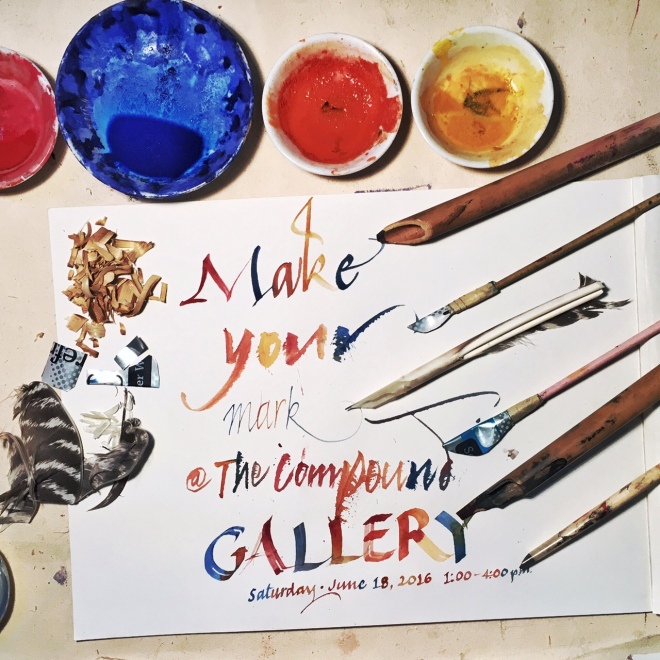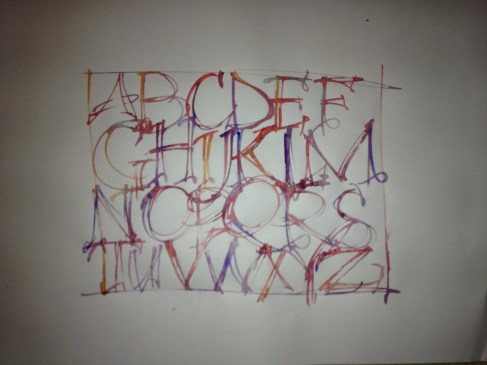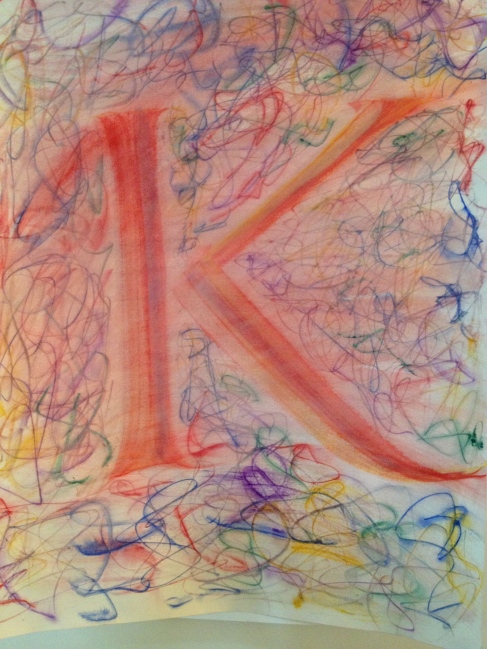
Are you afflicted with kinesthetic connection? Do you still like to write or draw with a pen or brush on paper? Do you get an oxytocin hit from feeling the feedback of the paper through your mark-making tool?
We have help for you. The only cure is to get closer to that connection. Make Your Mark gives you the means of making your own writing, drawing, painting tools. In three hours you’ll learn to make a quill pen, a reed pen and a soda-can folded pen (modified ruling pen). You’ll also get the chance to play with these tools with different paper and media – ink, gouache or watercolor.
Once you know the ancient (anything older than last year is ancient, right?) ways of making your own tools, you’ll have the means to connect even more with your work.








